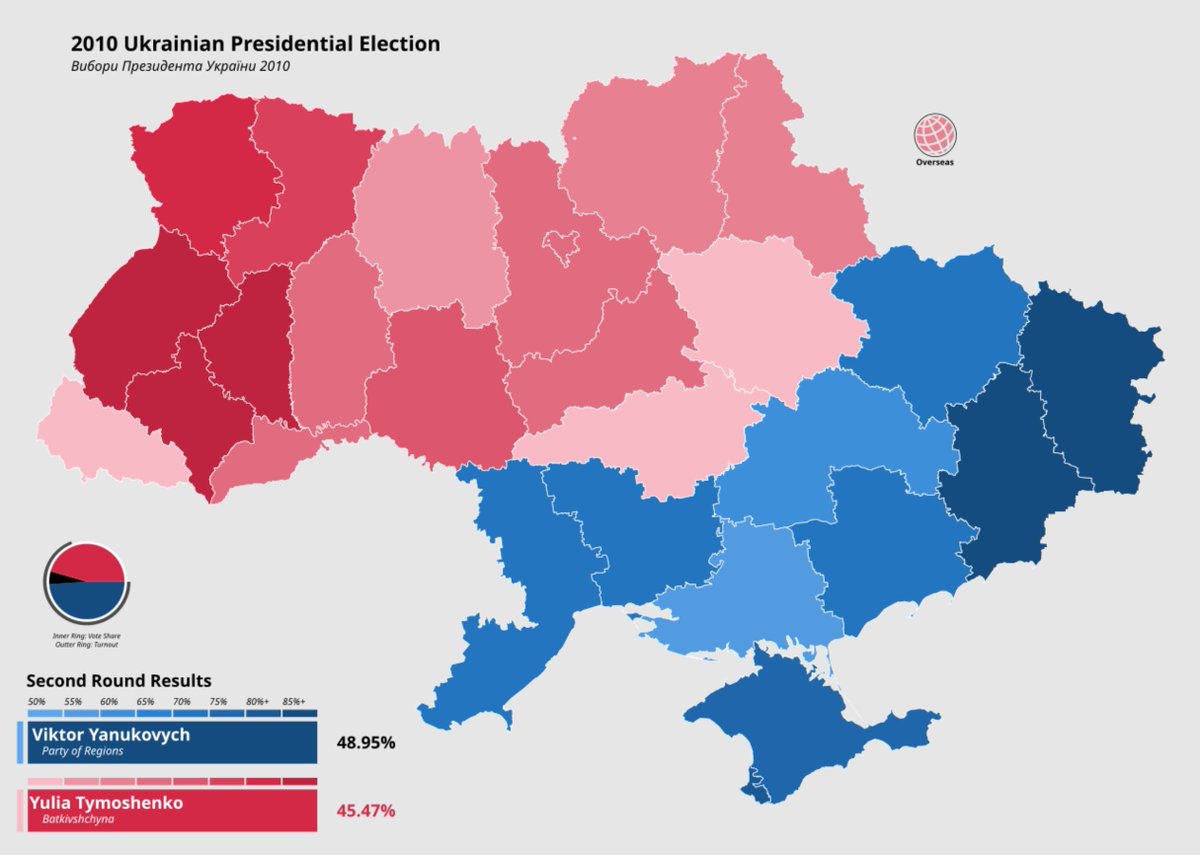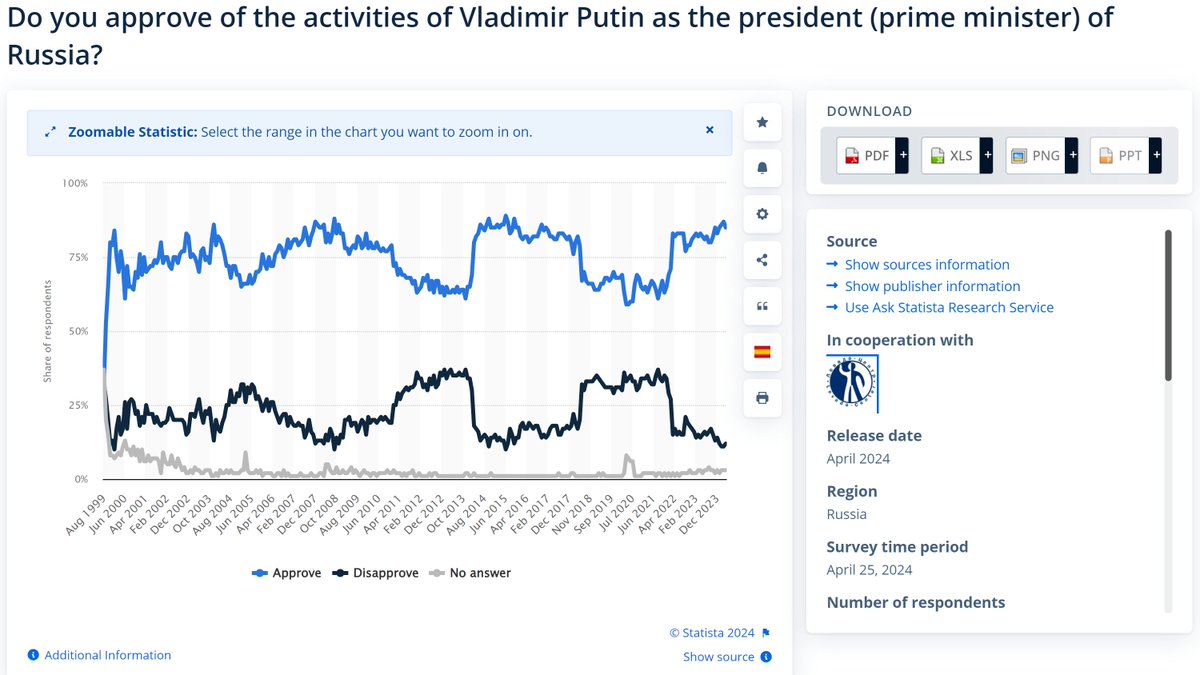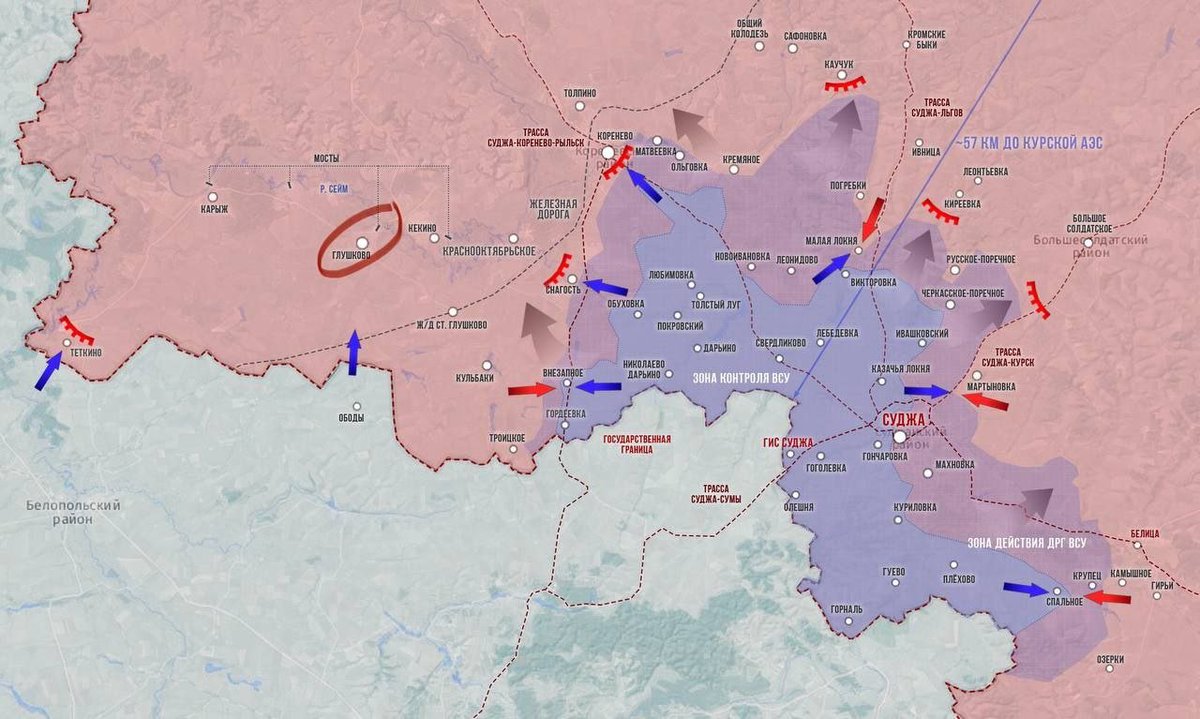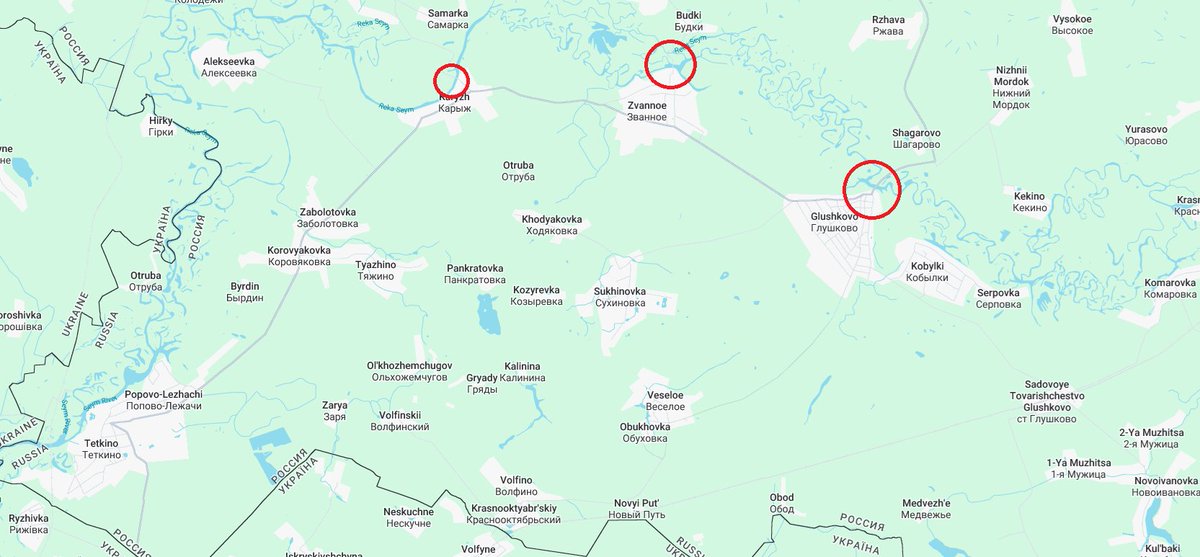Alright team, evening thread on Russian logistics in Ukraine. People frequently claim the Russians have logistical issues. But do they?
Well, with some public information and a little bit of math and abstraction, we can figure this out for ourselves.
Well, with some public information and a little bit of math and abstraction, we can figure this out for ourselves.

The Russians themselves actually give us a very important piece of information - they just release how many fire missions they've shot each day. By this we can make a few assumptions and calculate the volume of artillery ammunition they're firing.
It's about 1000 missions/day.
It's about 1000 missions/day.

The Russians have about 100 BTGs in theater, but of those probably only half are probably going to be active at a time. So each BTG is executing 20 fire missions per day. 

The standard Soviet "unit of fire" for a fire mission was 80 rounds. Clearly, in practice this will vary, from single-round Krasnopol strikes to rocket batteries wiping out square kilometers of real estate, so we'll take 80 rounds as the average "weight of steel per mission."




This means that every BTG engaged will be firing 1600 rounds per day. Let's abstract these as 152mm rounds, which weigh about 100 lbs each (45kg for you... foreigners). Thus, 100 rounds weigh five tons, seven once you count propellant and primers. (155mm shells pictured)



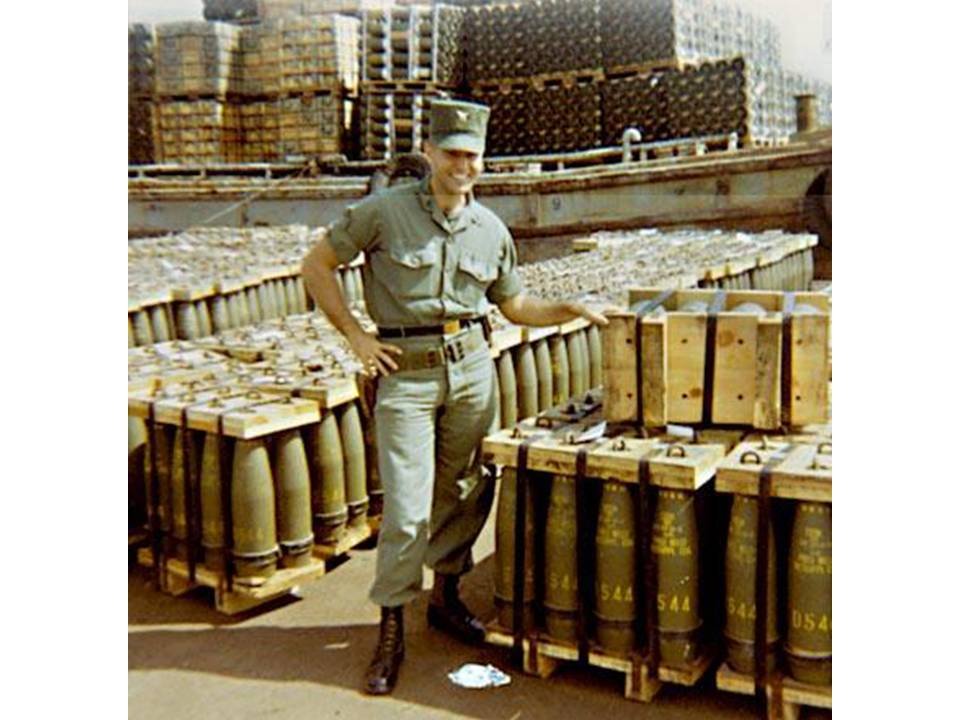
Conveniently this is exactly the weight rating of the KAMAZ-43115 military truck, in use by Russia.
A 2S19 howitzer can carry something like 48 rounds internally. The Russians don't seem to use a separate artillery transloader like the US does.



A 2S19 howitzer can carry something like 48 rounds internally. The Russians don't seem to use a separate artillery transloader like the US does.



What this means is that every BTG in combat, every day, is probably getting something like two resupply convoys daily. Eight trucks in each convoy are going to be nothing but artillery ammunition. This isn't going into anything else, just shells. 

So we're looking at 50 convoys per 12-hour period, with at least 400 trucks just dedicated to hauling artillery ammunition. This isn't even going into any other supplies, or supplying units in reserve, or humanitarian aid, etc. Just shells, rockets and missiles.



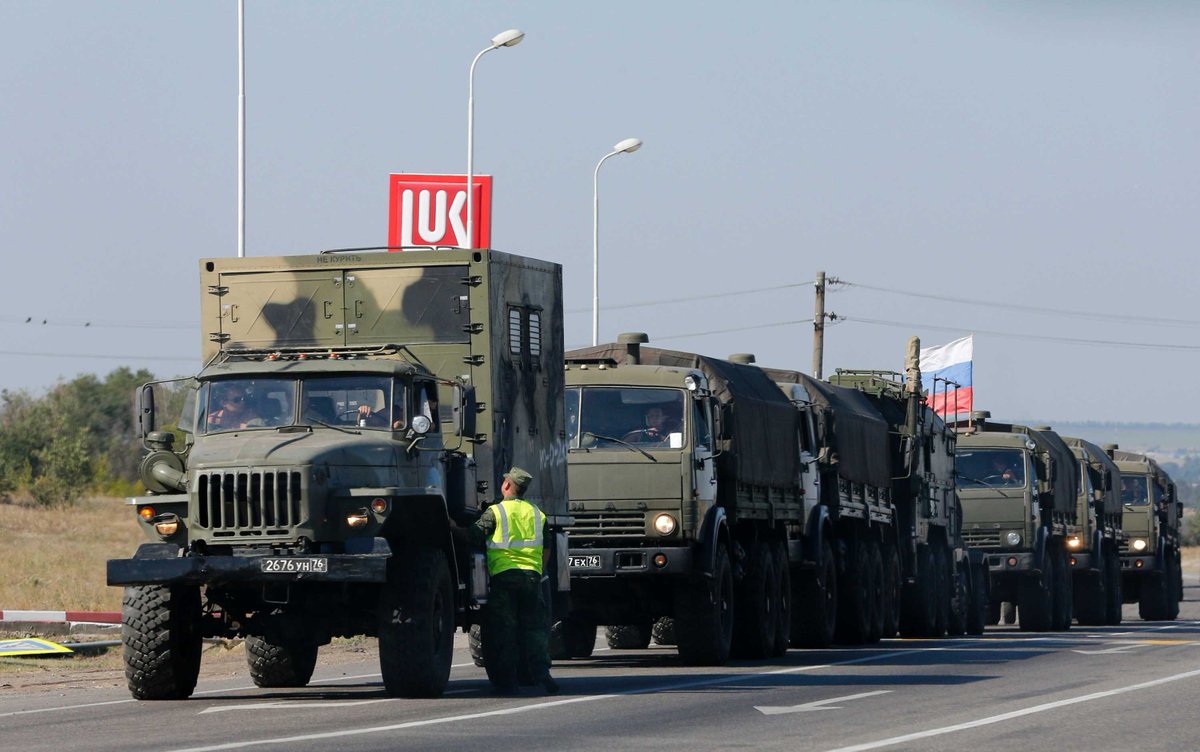
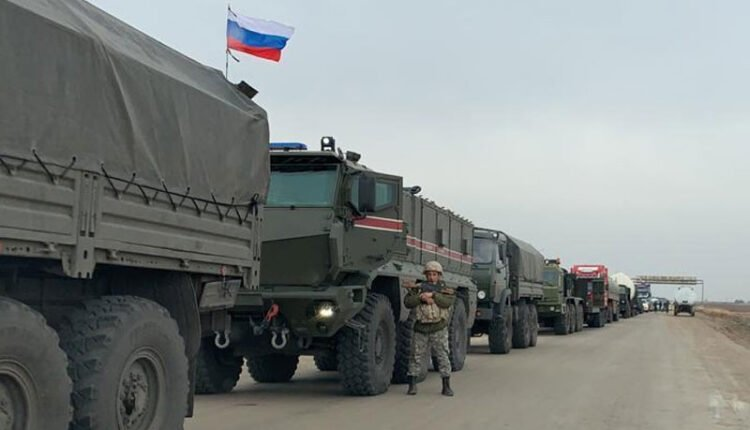

Granted, artillery shells are, to use a term of art, "God-damn heavy." They can dwarf other logistical requirements.
This does, however, provide an example of the sheer scale of Russian logistical efforts in theater.
(similar US operations pictured)
/end



This does, however, provide an example of the sheer scale of Russian logistical efforts in theater.
(similar US operations pictured)
/end
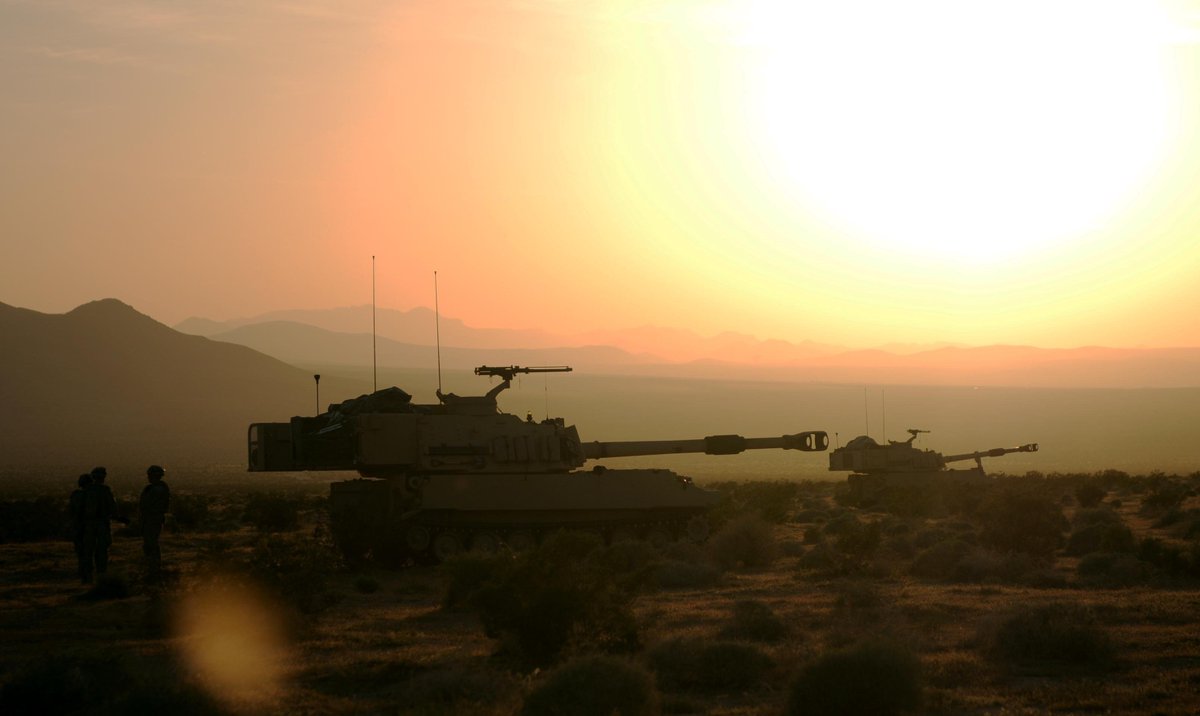


Addendum: there's a joke about an engineer sitting down to design a chicken-plucking machine, and the first thing he says is, "First we'll assume the chicken is a sphere."
I'm doing a bit of that here, but I hope you get my point. ;)
I'm doing a bit of that here, but I hope you get my point. ;)

Postscript Addendum: Ukraine recently (o/a June 12th) claimed that the Russians have been hitting them with 50,000 shells daily, which lines up closely with my estimates above.
• • •
Missing some Tweet in this thread? You can try to
force a refresh













